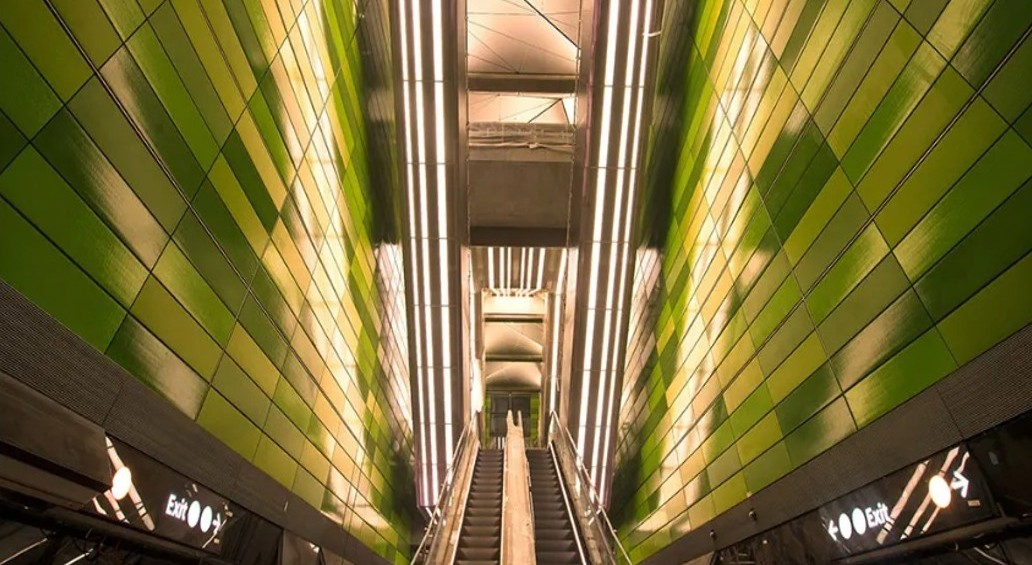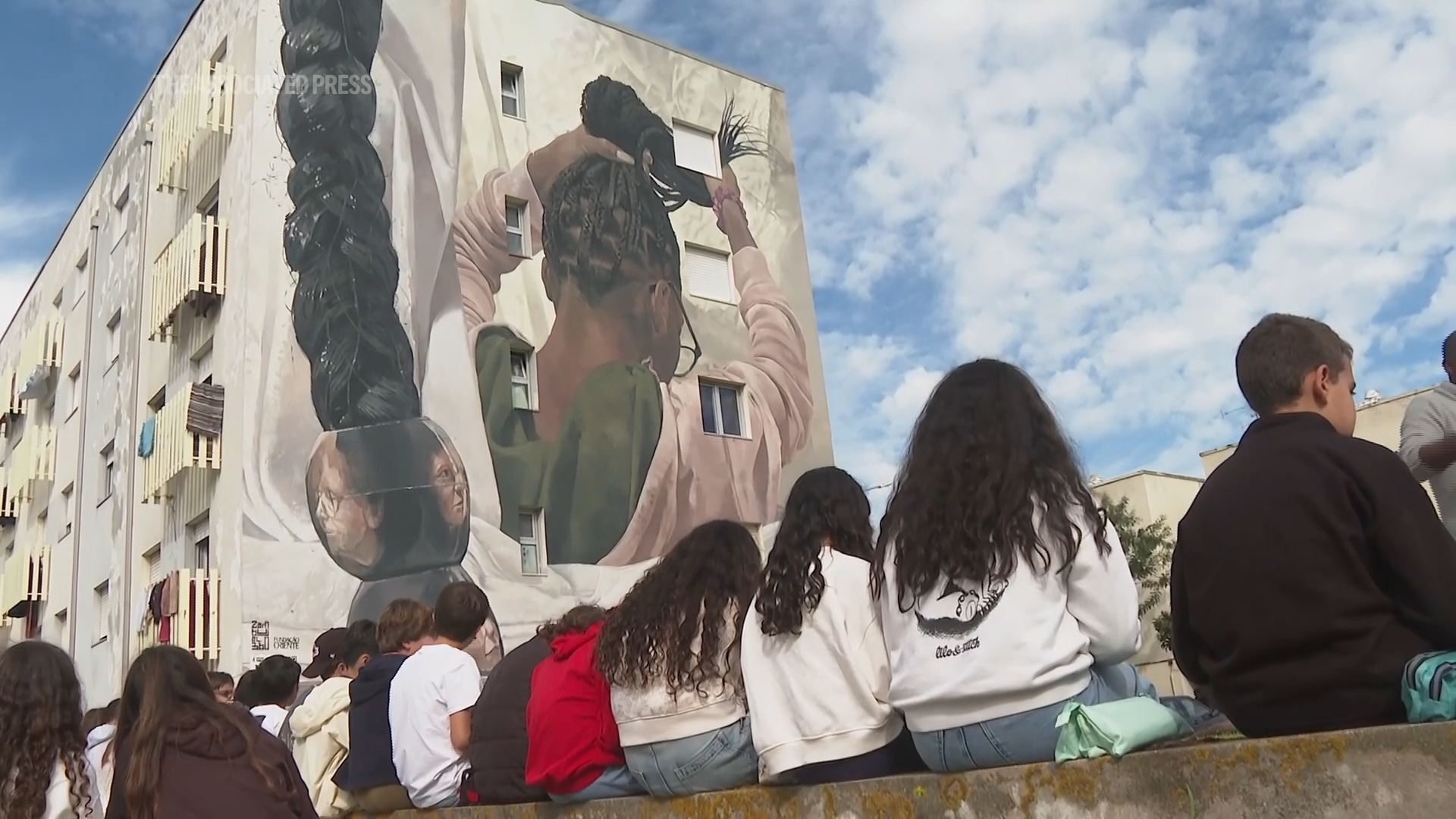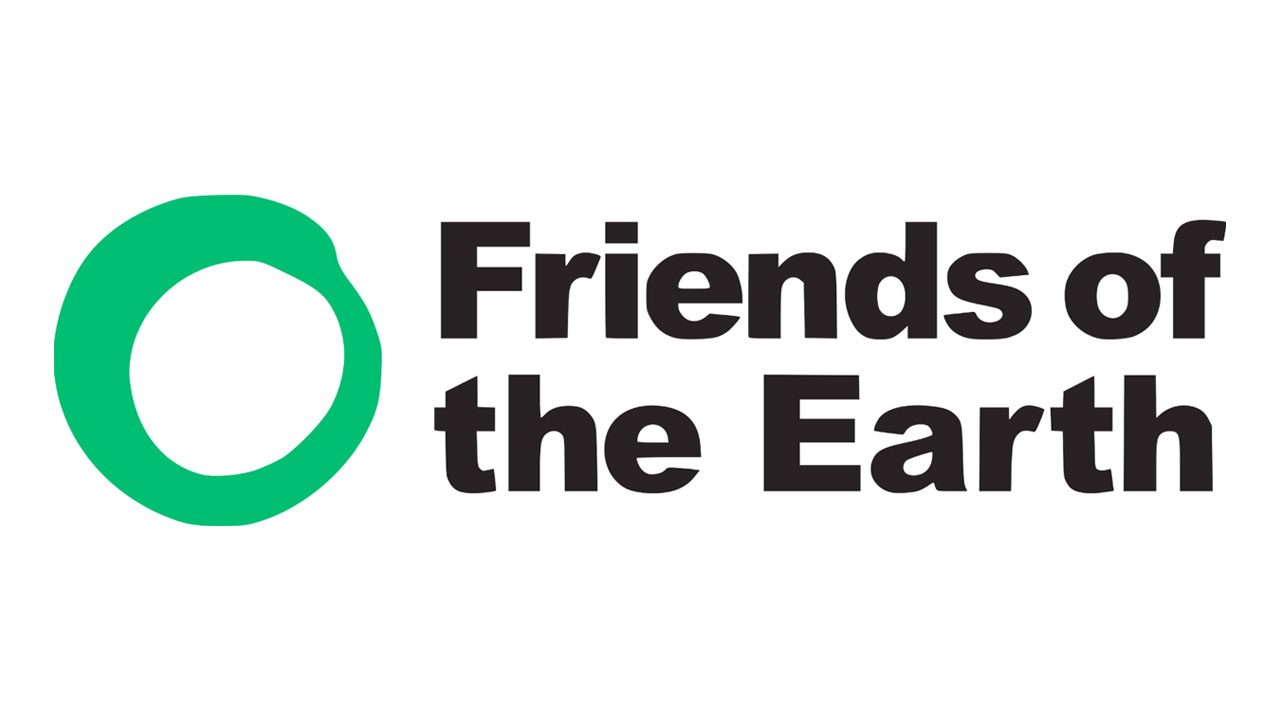Eco-Friendly Textile Innovations: The Future of Sustainable Fashion
In the tapestry of modern consumerism, the fashion industry stands out for its vibrant creativity and, unfortunately, its significant environmental footprint. As public awareness of fast fashion's impacts expands, the demand for sustainable fashion alternatives intensifies. Enter the age of eco-friendly textile innovations, where the fabrics of the future not only make a style statement but also present opportunities to protect our planet.

The Environmental and Social Footprint of Fast Fashion
Before we proceed, let's get into more detail about the consequences of fast fashion.
Characterized by rapid production cycles and low-priced garments, it has profound environmental and social impacts. Environmentally, it's a major contributor to waste, with millions of tons of unsold or discarded clothing ending up in landfills annually. The industry is also a significant water polluter, often releasing untreated toxic wastewater into rivers.
Socially, fast fashion has been linked to exploitative labor practices, with workers in developing countries often facing poor working conditions, low wages, and limited rights. The emphasis on speed and low costs has overshadowed the importance of sustainability and ethical practices. As a result, the industry’s long-term viability and morality are being challenged.
Green Fabric Breakthroughs
Fortunately, there are eco-friendly textile advancements that may provide a way out of our fast-fashion conundrum. Let’s explore each of these.
1. Piñatex: The Pineapple Revolution
A leather alternative created from the fibers of pineapple leaves, Piñatex has started to make its mark. While traditional leather production is resource-intensive and relies on animal farming, Piñatex offers a cruelty-free, low-environmental-impact option. Ananas Anam, the company behind Piñatex, has taken pineapple fibers, a by-product of the fruit industry. The firm then transformed these into a durable, biodegradable material that looks and feels astonishingly like leather.
2. Mycelium Leather: Nature's Own Laboratory
Mycelium, the root system of fungi, is another revolutionary textile taking the fashion world by storm. Companies like MycoWorks are harnessing the potential of mycelium to create customizable, biodegradable leather-like materials. These textiles are grown in controlled environments and require a fraction of the resources used in animal leather production. Additionally, they can be tailored to achieve different textures and finishes.
3. Spider Silk: Strength and Elegance Combined
Spider silk, famed for its incredible strength-to-weight ratio, has fascinated scientists for years. Brands like Bolt Threads have tapped into this potential by bioengineering yeast, bacteria, and other microorganisms to produce silk proteins. The result is Microsilk. This is a biodegradable fiber with the softness of silk and the resilience of synthetics without the hefty carbon footprint of traditional silk farming.
4. Algae-Based Textiles: From Water to Wardrobe
Algae, one of nature's most prolific organisms, is not just an aquatic marvel but a potential cornerstone for sustainable fashion. Companies like AlgiKnit are producing bio-yarns from kelp, a type of seaweed. These yarns can be knitted or woven into fabrics, providing a renewable source material that decomposes naturally, reducing the proliferation of textile waste.
5. Lab-Grown Cotton: Beyond the Fields
Cotton farming is notoriously water-intensive. Modern Meadow, leveraging cellular agriculture, is exploring lab-grown cotton. By cultivating cotton cells in a lab, the production eliminates the need for vast tracts of land, pesticides, and extensive water use. The resultant fabric has the potential to match traditionally farmed cotton in every respect—except for its environmental toll.
6. Recycled Fibers: Breathing New Life into Waste
The concept of recycling is not new, but the techniques and efficiency have seen remarkable evolution. Companies like Evrnu and Repreve are converting post-consumer waste, particularly plastic bottles, into high-quality, recycled polyester fibers. These fibers, almost indistinguishable from virgin polyester, offer a second life to plastics that would otherwise pollute landscapes and oceans.
The Ripple Effect: Broader Impacts of Sustainable Textiles
Beyond the direct environmental benefits, the shift towards eco-friendly textiles holds promise for broader societal impacts. Sustainable farming practices for materials like organic cotton or flax for linen can provide better yields and livelihoods for farmers. Equally important is the fact that these don't pose the health risks associated with pesticides and synthetic fertilizers.
Additionally, as these innovations reduce the dependence on petroleum-based textiles, such as traditional polyester, the fashion industry could play a role in diminishing the global reliance on fossil fuels.
Challenges and the Road Ahead
While the innovations are promising, challenges remain. Scale is a significant one. The infrastructure for fast fashion, built over decades, is vast and entrenched. Eco-friendly alternatives currently occupy niche markets, often with price points inaccessible to the average consumer. Scaling up production, driving down costs, and fostering consumer awareness and demand are crucial steps to mainstream these innovations.
Also, as with all new technologies, rigorous testing and scrutiny are essential to ensure that these alternatives don't introduce new environmental or health issues. For example, while a textile might be biodegradable, understanding its decomposition rate and the conditions under which it breaks down is vital to ensure it doesn't contribute to microfiber pollution.
Tailoring Tomorrow: The Fabric of Change
Biotechnology, sustainability, and fashion are merging. This blend marks a time when attire mirrors our eco-commitment, not just personal style. Still, there's much to tackle in addressing the vast amounts of unsustainable textiles made each year. Yet, these innovations hint at a future. In this vision, fashion and eco-responsibility are inseparable partners. Consumers, designers, and industries are warming up to sustainable choices. With each step, we move closer to applauding fashion not just for its aesthetics but also its harmonious co-existence with our planet.
What is Your Reaction?
 Like
0
Like
0
 Dislike
0
Dislike
0
 Love
1
Love
1
 Funny
0
Funny
0
 Angry
0
Angry
0
 Sad
0
Sad
0
 Wow
0
Wow
0













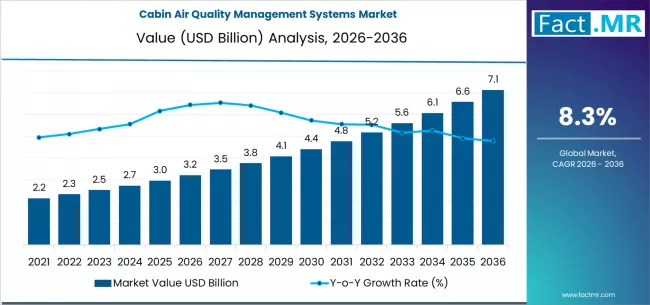

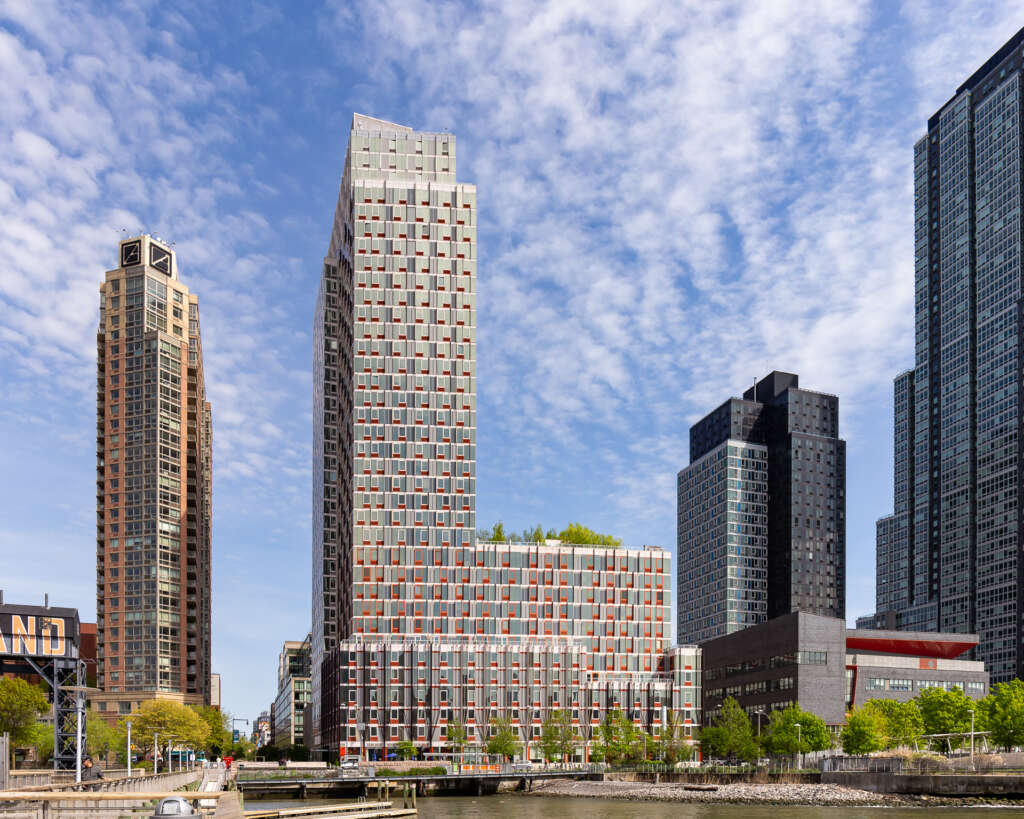











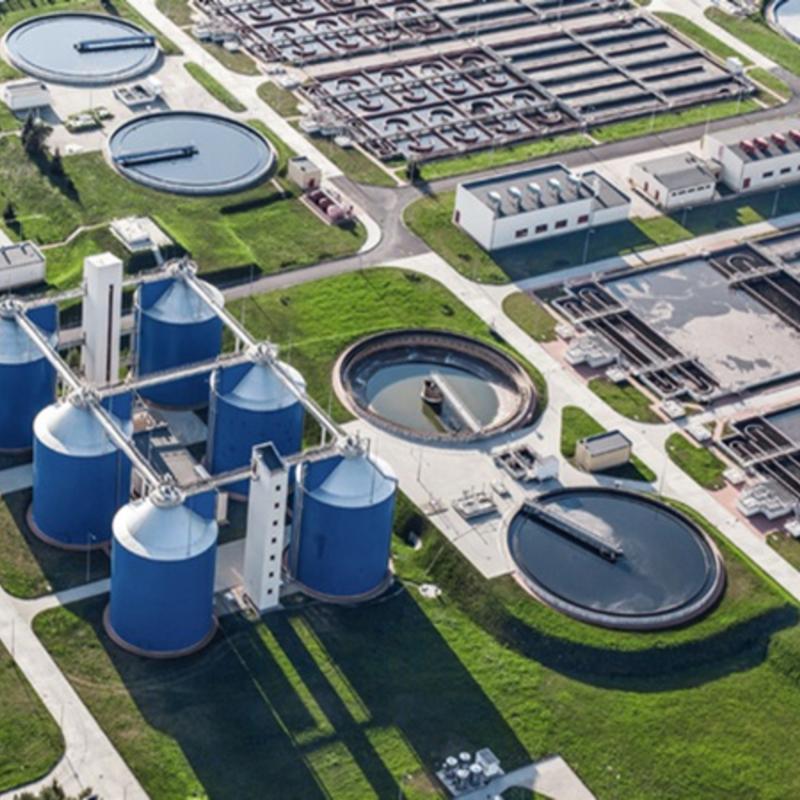





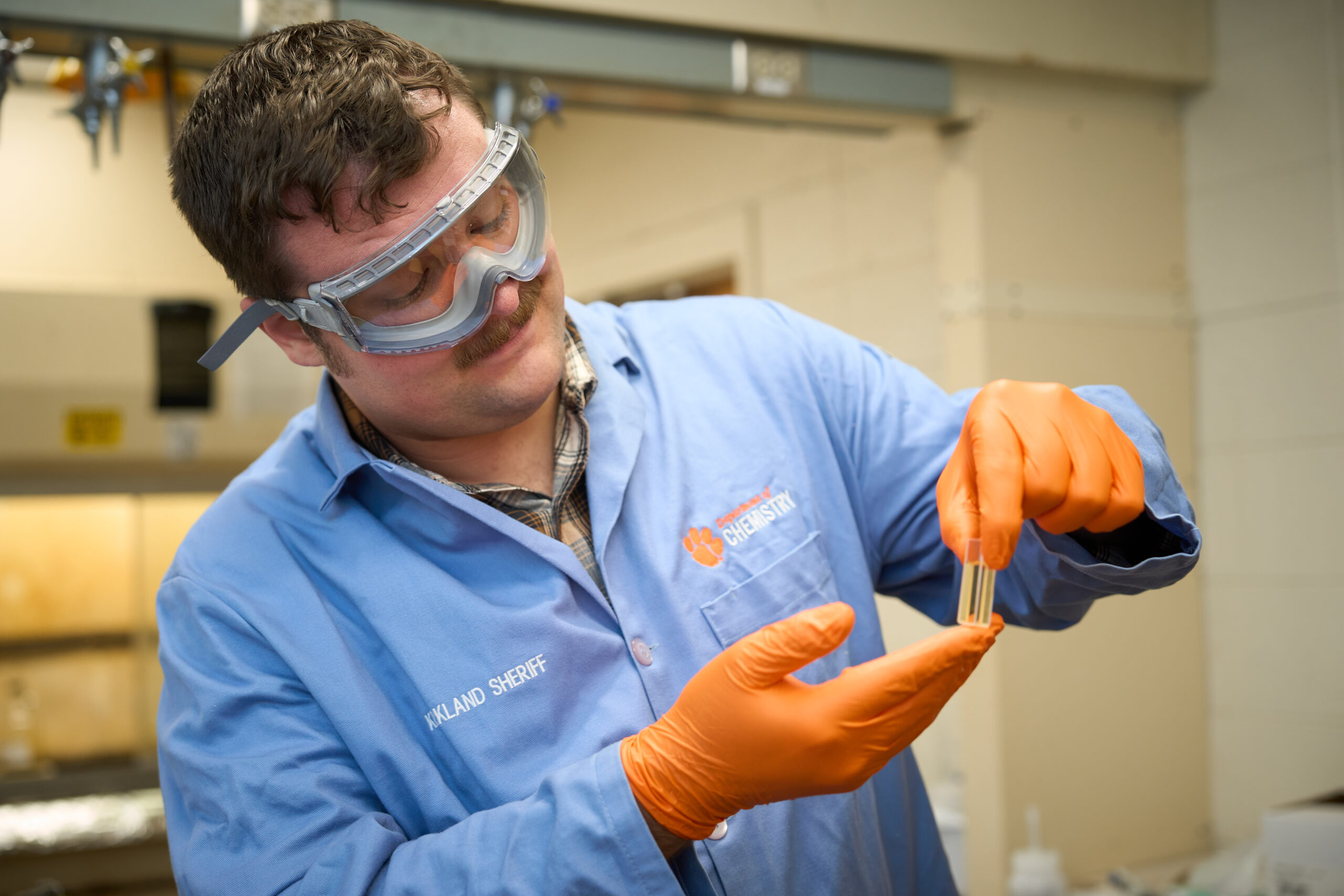


















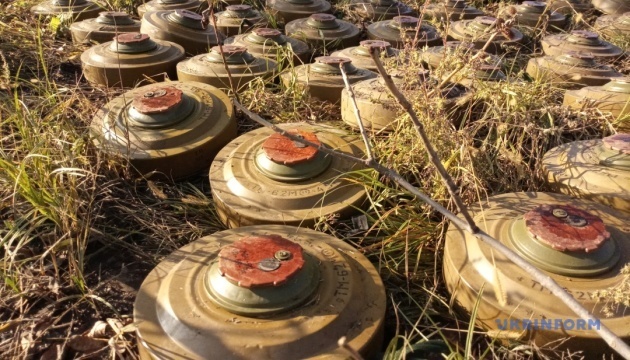
;Resize=620#)











